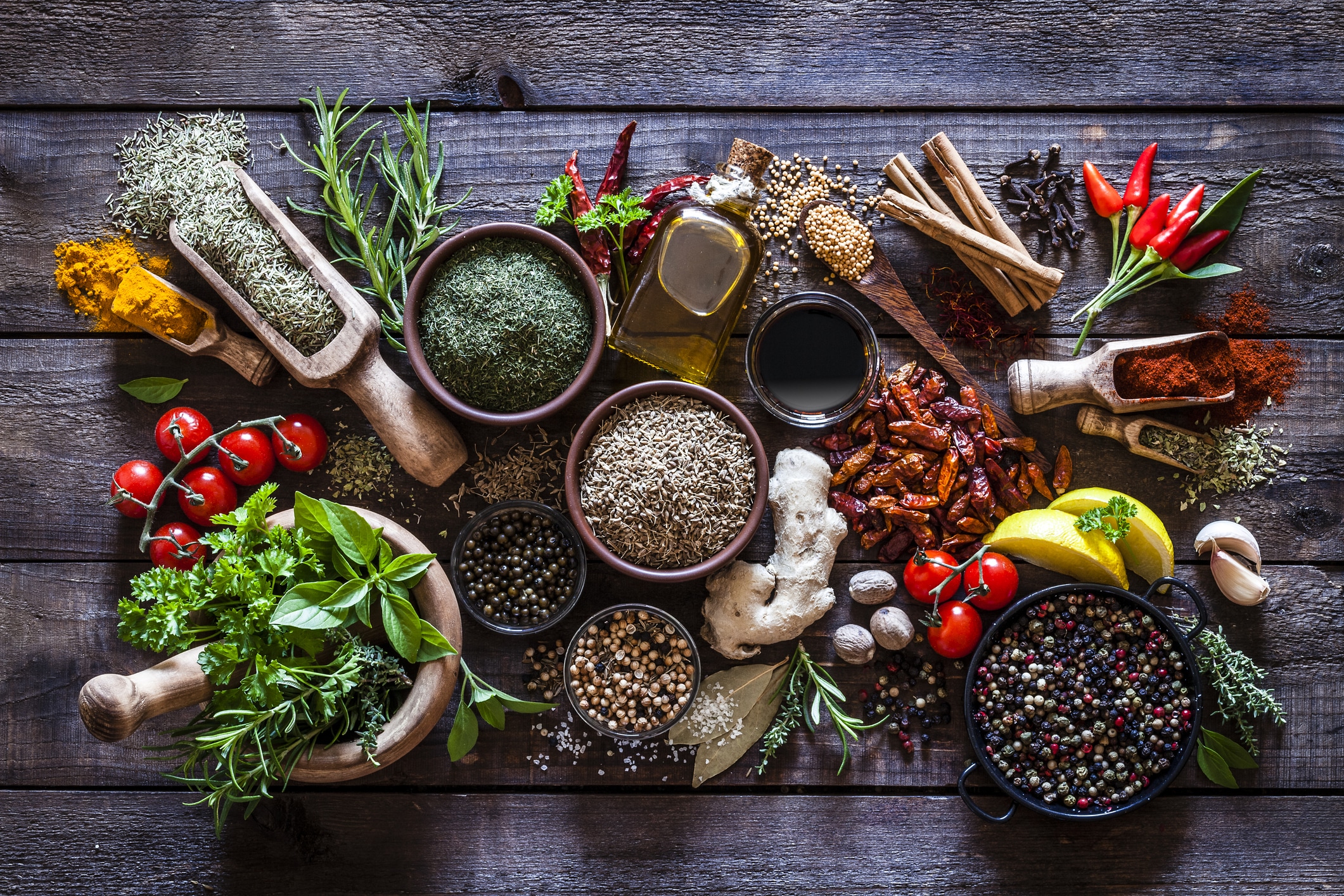
The Changing Face of Beauty M&A – How disruption has created a window for new investors
The Beauty & Personal Care (BPC) sector has long delivered strong growth, ahead of the wider CPG landscape. Its combination of emotional engagement, innovation, and high-margin categories made it an attractive one for investment. However, it has historically been largely inaccessible to other investors, dominated instead by a small number of Strategics using M&A to access growth and maintain portfolio relevance.
That dynamic is now shifting. Strategic buyers are pulling back, the M&A model that once propelled beauty is challenged, and in the disruption that’s followed, a new window is opening — one that may allow a different breed of investor to participate.
1) The status quo (2005-2019)
From 2005 to 2019, beauty M&A was overwhelmingly led by strategics:
- Over 70% of deals were made by corporates
- The environment was favourable: low capital costs, modest valuations, and small deal sizes
- Buyers applied a repeatable playbook: professionalise operations, consolidate back offices, improve execution
This “spread bet” approach delivered returns, with the only real downside being saturated portfolios. For example, by the late 2010s, Unilever held 35% of the U.S. haircare market through overlapping brands.
2) The COVID-Induced Acceleration (2020-2021)
The pandemic disrupted the category — and temporarily supercharged it:
- Consumers deepened their engagement with Beauty overall but also in specific pockets (e.g. skincare, clean/natural products)
- Ecommerce and social media usage surged, levelling the playing field for insurgent brands in accessing consumers for both discovery and transaction
- Trial and brand discovery increased, as consumers had increasingly more time to research and learn
As a result, relatively nascent brands like Rare Beauty, Hero, and Olaplex posted >100% YoY growth.
A burst in M&A followed:
- Deal volumes rose 50% compared to pre-COVID
- Average deal size increased by 40%
- Valuations doubled on an EV/EBITDA basis
3) The Slowdown (2022–2024): A Model Breaks Down
This acceleration came to a halt as the dynamics that had fuelled it quickly changed:
- Input costs rose, squeezing margins across all of CPG
- Shoppers returned to bricks and mortar, leading to a slowdown in online but high competition, CACs therefore increased
- Interest rates spiked, elevating the cost of capital
The deterioration in performance was stark, and Strategics recorded significant impairments against their assets (more than £10bn across ~30 beauty assets).
This slowdown in performance clashed with elevated valuations expectations. As a result, Strategics retrenched and deal volumes fell below historical norms.
4) The New Reality: Strategics Are Now Selective
Strategic acquirers remain active — but are far more selective. Assets must now check all of the following boxes:
- Goldilocks-sized – not too small, not too large
- Clearly differentiated – ideally with IP or technical defensibility
- Mix and margin accretive – not just additive revenue
- Consumer resonance – high engagement, advocacy, and retention
- Scalable – with proof beyond the home market
Put simply, there is much more emphasis on quality of growth over quantity.
When an asset clears these hurdles, there is a strong appetite (e.g., Charlotte Tilbury, Amouage, Medik8, Rhode). But many high-quality assets — Rare Beauty, Tree Hut, Byoma — have struggled to find an acquirer.
5) Barriers For New Investors To Participate Remain
There remains significant interest to deploy capital in the sector from a variety of investor types, so vendors should be able to generate interest. However, there are hurdles for new investors to overcome too which sellers would do well to consider more proactively.
These range from the relatively obvious and potentially temporary – inflated cost of capital and elevated valuations – to more esoteric: after years of limited participation in the space, there is a higher degree of caution in investing in high-growth, emotionally led brands.
Investors looking at the category for the first time are typically apprehensive about the potential for fad risk and cannot generate the confidence in a brand’s true potential to expand beyond their core consumer groups and categories.
To help give buyers this conviction (and so the ability to navigate their own internal investment committees), it is incumbent on assets to be front footed in answering these questions with tangible proof points. Without this, conservativism is likely to win out.
6) Could A Hybrid Model Emerge?
In this context, is it possible for a new model to emerge — blending the strengths of corporates and financial sponsors:
- The discipline and targeting of PE: focused bets, value creation, minimal requirement for integration
- The firepower and confidence of strategics: funding growth, leveraging brand and operational capabilities
There are already some players who may be deploying something similar to this. For example, Yellow Wood’s acquisition of Suave and Elida Beauty is building a scale entity in the US which could make targeted bolt-on acquisitions; Blackstone’s investment in L’Occitane also provides a strong base from which to participate in the industry more actively.
Need an edge in your next beauty acquisition? Let us help shape your investment thesis. Discover more of our insights and contact our experts today, or email [email protected]
主要联系人

Coye Nokes
Partner

Asher Cohen
Associate Partner




